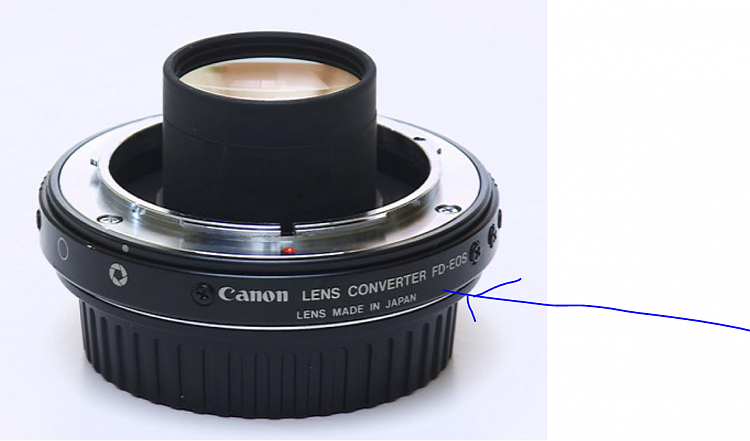New
#11
Thanks- would be interested to know if the quality was ok.. I bought an Epson perfection scanner (which has the mounts for scanning photos and slides) but have yet to get round to really using it. Lots to do... or maybe not!
I tried a smaller device before that, but it wasn't up to it.


 Quote
Quote



